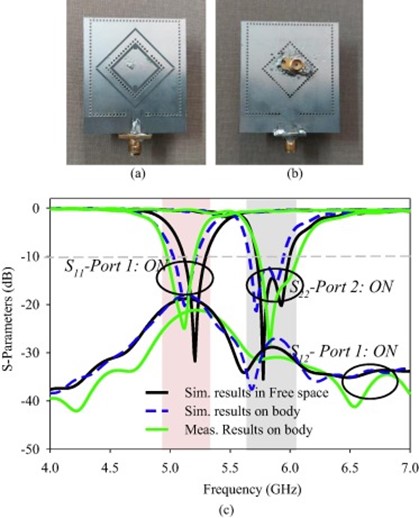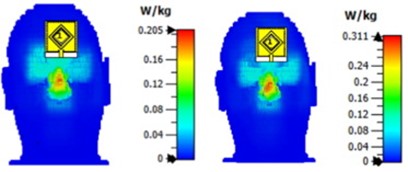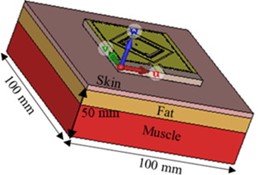
With the recent advancements in modern wireless body area network (WBAN) communication, the demand for compact low-profile wireless computing devices has witnessed a vast increase. Consequently, the antennas which play a critical role in this network are developed with different polarization in distinct frequency bands so as to maintain better reliability of communication links. Dr Divya Chaturvedi, Assistant Professor, Department of Electronics and Communication Engineering, has published a paper titled, “A Dual-Band Dual-Polarized SIW Cavity-Backed Antenna-Duplexer for Off-body Communication” as first author in the Q1 Journal AEJ – Alexandria Engineering Journal having an impact factor of 6.77. The paper discusses the self-duplexing antennas, offering two channels for concurrent transmission and reception, leading to a simple and compact transceiver.
Abstract
A novel dual-band, dual-polarized antenna-duplexer scheme is intended to be used for WLAN 802.11a and ISM band applications using Substrate Integrated Waveguide (SIW) Technology. The antenna consists of two planar SIW cavities of different dimensions where a smaller sized diamond- shaped cavity is inserted inside the larger rectangular cavity to share the common aperture area. The diamond-ring shaped slots are etched in each cavity for radiation. The larger diamond ring slot is excited with a microstrip feedline to operate at 5.2 GHz while the smaller slot is excited with a coaxial probe to operate at 5.8 GHz. The antenna produces linear polarization at 5.2 GHz (5.1–5.3 GHz) due to the merging of TE 110 and TE 120 cavity modes while circular polarization around 5.8 GHz due to orthogonally excited TM100 and TM010 modes (5.68–5.95 GHz). The slots are excited in an orthogonal fashion to maintain a better decoupling between the ports (i.e. –23 dB). The performance of the antenna has been verified in free space as well as in the vicinity of the human body. The antenna offers the gain of 6.2 dBi /6.6 dBi in free space and 5.8 dBi / 6.4 dBi on-body at lower-/ higher frequency-bands, respectively. Also, the specific absorption rate (SAR) is obtained < 0.245 W/Kg for 0.5 W input power averaged over 10 mW/g mass of the tissue. The proposed design is a low-profile, compact single-layered design, which is a suitable option for off-body communication.
Explanation of the research in layperson’s terms
- This antenna can operate in dual radio frequency bands at 5.2 GHz and 5.8 GHz respectively.
- The antenna can be used in the medical instrument to make it wire-free.
- The antenna is compact in size, thus can be accommodated in a small space.
- The antenna can operate simultaneously at both the frequency bands, thus at the same time it can help in forming links with another on-body antenna and makes the link with Wi-Fi.
- The antenna is validated in terms of Specific absorption rate, hence it is safe to use on the human body.


The paper further expounds on the social implication of this innovative research. Dr Chaturvedi explains that the antenna, being dual-band and dual-polarized, can function as a transceiver circuit. Due to different polarization, it can operate in both the frequency bands simultaneously without affecting the performance. In the first frequency band at 5.2 GHz, it can link with Wi-Fi and in the second frequency band at 5.8 GHz, it is able to communicate with antennas placed in other medical instruments which are used in the vicinity of the human body.
Collaborations
1. Dr Arvind Kumar, Assis. Professor, b Department of Electronics and Communication
Engineering, VNIT Nagpur, India
2. Dr Ayman A Althuwayb, Department of Electrical Engineering, College of Engineering,
Jouf University, Sakaka, Aljouf 72388, Saudi Arabia

